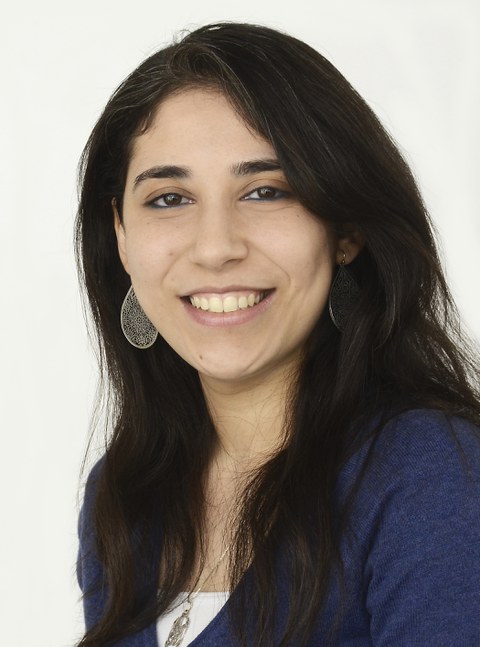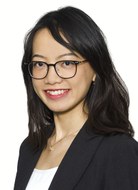Oct 22, 2019
IRTG Student Interview | Nermeen ElAgroudy
The IRTG 2251 is launching a new series of interviews. Each month, we will be talking to one of our students. Nermeen ElAgroudy was the first IRTG student who answered our questions.
The interview opportunity is open to all IRTG-affiliated students. If you would like to share your story, please contact Huiyu Mo and Anne Hiecke! We will be more than happy to publish your article.
1. Nermeen, please tell us more about your project. How will it contribute to the improvements of the treatment methods of Diabetes?
I am testing a new compound in obese mice having liver disease called NASH, which is simply liver loaded with fat together with inflammation, and these two affect the function of the liver. NASH is associated with insulin resistance that could then evolve and progress to diabetes (Type II), together with cardiovascular complications or the worst case scenario, liver cancer. There is still no FDA therapy for NASH patients, whose number has reached over 1.8 billion patients worldwide!
This compound is an inhibitor for a citrate transporter named INDY, which is an acronym for “I’m Not Dead Yet’’. And so far, we have very promising results with the compound in our animal studies. We hope that one day we can introduce INDY inhibitors as a new promising class of drugs for NASH patients.
2. In what way does the IRTG support your research? What is the benefit of having the joint supervision from both TUD and KCL?
Well, the IRTG is funding my research project together with 11 other students from my selection and it has recruited more students during the last period. Being an IRTG student, I have gained a lot of privileges and opportunities; starting with funding, which does not only include a budget for my research work but also a separate budget for needed trainings, workshops and conferences. And this, in my opinion, is one of the main strength points in the IRTG. In addition, the yearly retreat organized by the IRTG truly benefits all students. It is a good chance for meeting and presenting our projects to all other TUD and KCL PIs. Such meetings open more fruitful discussions and allow us to have different insights and new ideas on how to drive our projects.
Undoubtedly, the second main strength and highlight of the IRTG is the golden opportunity of the TUD-KCL exchange and getting a joint PhD degree from two universities which are considered among the most reputable universities in the UK and Germany.
3. In how far does the research environment in Dresden benefit and nurture your project progress?
A lot! Dresden has a very well established and diverse research environment with strong, fully equipped institutes and highly skilled and knowledgeable researchers as well as technicians working in different fields. Such diversity offers a chance for integration in order to cover several aspects of a project. That’s why it is very common to find tons of different collaborations in each lab. For instance, beside my UK collaborator, I have two more collaborators here in Dresden who are helping me run some experiments and analyses, which we have neither the required tools to run them in our lab nor the needed experience.
4. Are you anticipating any problems with the upcoming Brexit?
Since I am from a Middle East country and do not hold a European passport, the Brexit should not be a big issue or change for my case.
5. What is your goal or plan after you finish your PhD thesis?
Since my ultimate goal is to witness a real clinical significance of my research, an impact on at least one patient among those who keep their hopes up and have faith in us as researchers that each day we are one step closer towards finding a treatment for them or at least enhance their quality of life, my plan is to continue within this field of research and join R&D in pharmaceutical industry doing preclinical and clinical research.
Thank you very much!


